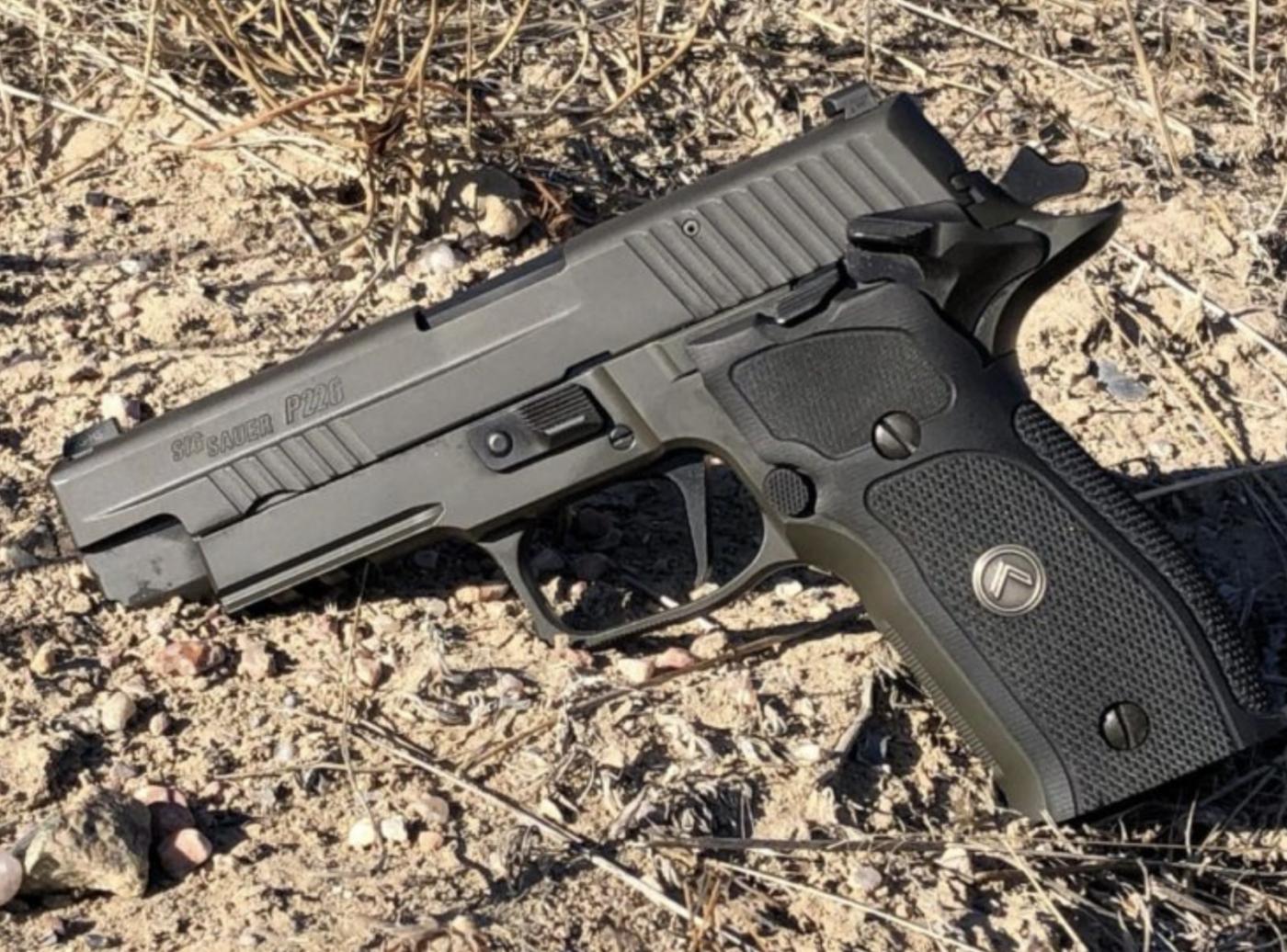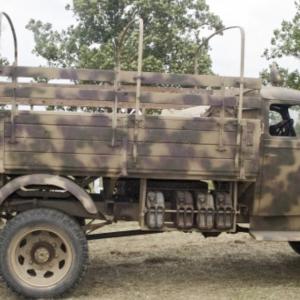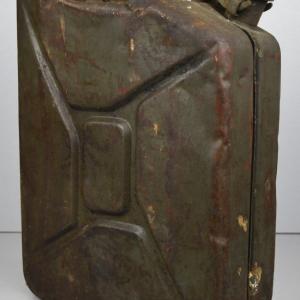
Sig Sauer p226
The SIG Sauer P226 is a full-size, locked-breech, semi-automatic pistol introduced in the mid‑1980s and built from the ground up as a service and duty sidearm.
It combines a Browning-style linkless locking system with a metal frame and slide geometry engineered for a soft recoil impulse and fast follow-up shots. The P226’s ergonomics — grip angle, beavertail and controls — helped it win early institutional interest.
Developed by SIG of Switzerland together with J.P. Sauer & Sohn in Germany, production has taken place in Europe and later by SIG Sauer Inc. in the United States, where many later P226 models were manufactured. The company has issued many iterations: steel-frame originals, alloy-frame versions, maritime corrosion-resistant builds, and models with accessory rails and match-grade options.
Among U.S. users the best-known adoption is the U.S. Navy, which fielded the Mk25 — a maritime‑spec version of the P226 — for Naval Special Warfare and shipboard use.
The platform was originally chambered for 9×19mm Parabellum; SIG later offered the same frame in .40 S&W and .357 SIG to meet law-enforcement demand. Training generally uses full‑metal‑jacket or 9mm NATO loads, while duty use relies on hollow‑point defensive loads and match‑grade rounds for competition or precision work.
Most service configurations use a double‑action/single‑action mechanism with a decocking lever. That operating system gives a heavier first pull and a lighter subsequent single‑action pull, a feature many agencies trained for when the pistol was issued.
Magazine capacity in 9mm is commonly 15 rounds in the factory double‑stack magazines; capacities fall for .40 S&W and other calibers because the cartridges are larger.
Accuracy is one of the platform’s strengths. In trained hands the pistol typically produces dependable groups at 25 yards; with match ammunition and a rested position shooters can extend accurate fire to 50 yards or more for deliberate shots. Expect practical, repeatable accuracy measured in 2–4 inch groups at 25 yards for many shooters using decent factory or match loads.
Reliability and durability also built its reputation. The locked‑breech design and robust slide/frame fit tolerate a wide variety of loads and high round counts when properly maintained, and special maritime treatments protect the Mk25 for corrosive environments.
Part of the popularity comes from ergonomics, a solid single‑action trigger, modularity across calibers, and the halo effect created when special operations and law‑enforcement units choose a pistol — that institutional confidence encouraged many agencies and civilians to adopt the same platform.
SIG Sauer has produced the P226 and its relatives in the hundreds of thousands across commercial, law‑enforcement and military runs, though the company has not published a single definitive production total.
Variants include rail and non‑rail frames, stainless and nitron finishes, match/tactical packages, and the Mk25 built to Navy acceptance standards; magazines, sights, and springs are widely available aftermarket.
Field‑stripping and maintenance are straightforward compared with many service pistols; as a metal‑frame handgun it is heavier than polymer carry guns, which helps reduce felt recoil but affects carry considerations. Many shooters cite the P226’s weight and balance as reasons they prefer its recoil characteristics for accuracy.










